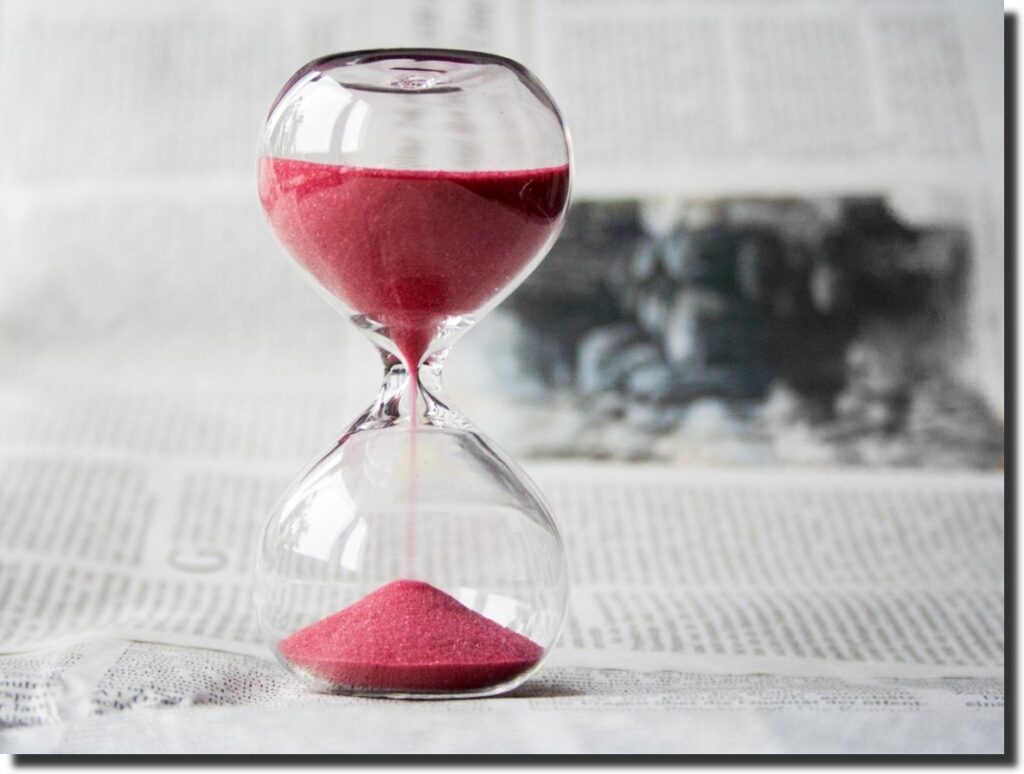Ever wonder why your leads are not converting into sales?
Bounce rate vs exit rate tracks the moment a visitor leaves your website. These bounce rate vs exit rate figures are occasionally disregarded, if not outright ignored, but they can help you locate weak points on your website that might impact the other statistics you track.
What Is Bounce Rate?
Metrics used in online analytics include bounce rates, sometimes confused with exit rates. In its simplest form, a bounce rate is the proportion of site visitors who arrive, browse for a short while, and then leave without engaging in any meaningful way.
Bounce rates are a measure of a page’s effectiveness and success. The logic suggests that a high bounce rate is undesirable and a low bounce rate is good, albeit this isn’t always the case. Of course, this is a simplified version of reality. A high bounce rate on a customer support page can mean that the user was satisfied with the answer to their question and left the page.
However, a high bounce rate on a landing page that receives a lot of paid traffic may signal that your page needs improvement.
Bounce rates are, in any event, extremely contextual, frequently used and favored, and incredibly fascinating to a web analyst.
The percentage of visitors to a specific website who leave after reading just one page is the simple definition of bounce rate, which is quite straightforward.
Most analytics systems, including Google Analytics, a bounce occurs when a user leaves the website without further use.
A user who only visits one page before leaving could not be interpreted as a bounce. Because you can configure analytics events that take place on a page (such as watching a video or interacting with a slider).
Bounce Rate vs Exit Rate
You are measuring the number of visitors leaving your site whether you check the exit or bounce rate on a web page. What bounce rate vs exit rate can tell you about your site’s effectiveness makes a difference.
The percentage of website visitors who exit without visiting any other pages is known as the bounce rate. Every bounce counts, regardless of whether the guests stayed for 30 seconds or 30 minutes.
That might not necessarily be negative, depending on the page’s content. Your address and business hours may be all the information a visitor needs if they land on a page containing those details. When additional action is expected, though, it can suggest a concern which is why bounce rate vs exit rate figures are important.
The exit rate in digital marketing reveals where visitors leave your website after seeing many pages. This number may indicate a problem with the site. Even if it covers all interactions, such as orders, form submissions, and views.
No red flags will be raised if a content page has a high exit rate. On the other side, a high rate on an order page—especially among visitors who abandon their cart—indicates that there might be a problem with the page.
Because users may have arrived at the page from another location on the website, a high exit rate does not always indicate a high bounce rate. A low bounce rate does not necessarily translate to a low exit rate, as bounce rates only consider exits after the user lands on the first page.
Always remember that bounces are always one-page visits, whereas exits can be many pages.
What Does a High Exit Rate Mean?
A high exit rate in digital marketing indicates that, compared to the number of visitors to a given page, far more people are leaving a website on that page.
For instance, the product page’s exit rate would be 10% if there were 120 exits from the previously described product page out of 1,200 pageviews. However, if there are 600 exits from the product page out of 1,200 page views, the exit rate is greater (50%) and may point to a chance to improve the user experience and page design.
It’s critical to remember that exit rates should be viewed in context; for example, thank-you pages should be prepared for higher exit rates than product pages or shopping carts.
Is a Lower Exit Rate Good?
Having a high bounce rate on the same landing page is beneficial because visitors leave it and visit other parts of your website.
A high exit rate indicates that your website, especially your sales or conversion funnel, is experiencing more serious problems.
So, yes, a lower exit rate is good.
What Is an Acceptable Exit Rate?
You might be wondering what is a good exit rate and a good bounce rate.
On average (35.90%), most experts see a bounce rate between 26-40%.
As for the average exit rate, the majority (28.21%) have an exit rate of between 26-40% and under 25% each.
How to Calculate the Exit Rate
The following equation can be used to determine the exit rate:
Number of pageviews for a specific page divided by the number of exits from a specific page
Let’s use the example of someone arriving at the homepage of an electronics retailer. They frequently navigate to a particular product page before leaving the website.
Consequently, the user left your website while still on the product page.
As a result, the exit rate would be determined by dividing the total number of exits from that page by the total number of visits to that specific product page.
Any time period, such as daily, weekly, biweekly, monthly, or annually, can be used to calculate the exit rate benchmarks.
How is Google Analytics Bounce Rate Calculated?
Although the definition appears clear, there is some misunderstanding, primarily due to how Google Analytics defines bounce rate. The following definition is taken right from their support page: “A single-page session on your site is a bounce,”

How to Reduce Bounce Rate?
A high bounce rate does not automatically indicate issues with the website. However, monitoring bounce rates are still crucial to ensure nothing on the website is possibly turning visitors away.
1. Be Aware of Page Load Time
An extremely bad user experience is created when a user must wait for an excessively long period (and by excessive, I mean more than three seconds) for a page to load. It is irrelevant if a visitor cannot immediately see the page’s content.

On mobile devices, page load speed is even more important because consumers are more likely to become impatient with poor load times and leave the site.
2. Simplify Site Search
Some websites either don’t have a site search option at all or make it difficult to use.

This is a very helpful feature that users may use to search instead of possibly leaving the page or site if they are looking for something particular that they do not immediately see on a page.
3. Make Navigation Simple
Visitors should have a simple and effortless time navigating. Users need a clear indication of where the content they seek is located when they visit a website.

They will probably leave the website if it is not clear and laid up with simple navigation.
4. Pay Attention to Great Design
Good website design is user-friendly and fosters user trust. Another piece of evidence of quality is a well-designed website. A site that is unpleasant, ugly, or difficult to trust will not attract visitors for long periods.

You may deliver a compelling user experience beyond aesthetics by starting with a great design. It involves creating a useful, simple, and enjoyable website experience overall.
5. Focus on Mobile users
Even less patient than PC users is mobile users.

A website should have a responsive design to give consumers on mobile devices a positive user experience.
6. Keep Your Paragraphs Shorter
The length of the content is one of the key factors that affect a site’s overall readability.

Create content with brief paragraphs so visitors can read it fast on the little mobile devices used by most people today to consume material.
Key Takeaway
Bounce rate vs exit rate is a vital metric showing where and why visitors leave your website. Once you start paying attention to these bounce rate vs exit rate figures, you’ll be better able to determine what has to be done to optimize your website and gradually raise both bounce rate vs exit rate.



